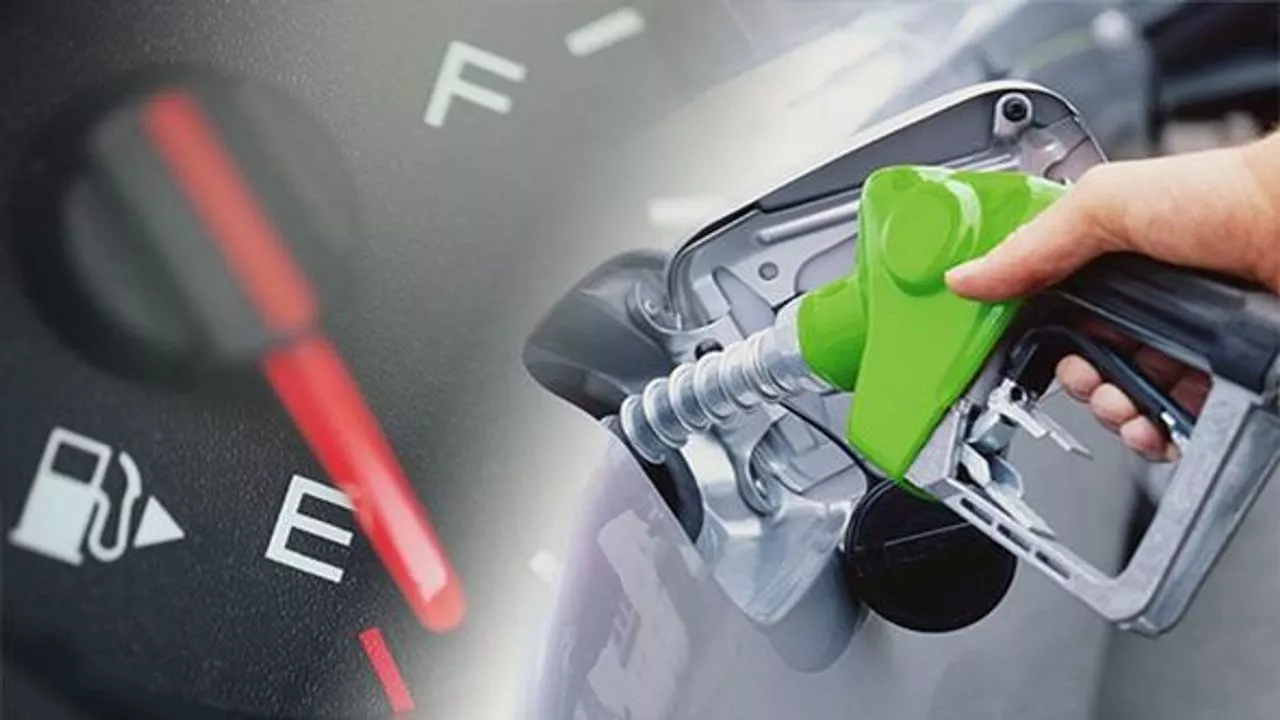July 2023 Motorsports Archive: What We Talked About
July was a busy month at Thames Motorsport Academy. We covered everything from the thrill of owning a dream car to the nitty‑gritty of using racing fuel on the road. Below is a quick run‑through of the four posts that sparked the most conversation.
Living the Dream Car Life
Our first story asked a simple question: Do you own your dream car? How often do you go out in it? The answer was a loud, enthusiastic "every day!" The author described his sleek ride as a daily companion, comparing it to breathing. He highlighted three reasons why a dream car becomes more than a status symbol:
- It fuels motivation – seeing the car every morning sparks ambition.
- It builds a habit – regular drives keep you familiar with the car’s handling.
- It creates a bond – the car feels like a partner on the road.
If you’re wondering how much time you should spend behind the wheel, the takeaway is simple: use it often enough to keep the excitement alive, but don’t let it interfere with safety or responsibilities.
Why Bugatti Doesn’t Race
Next up, we tackled a curious fan question: Why doesn't Bugatti have a racing team? The short answer is focus. Bugatti pours its resources into ultra‑luxury engineering, not track competition. The post broke it down into two core points:
- Cost – building a Bugatti is already a multi‑million‑pound project; adding a racing program would double expenses.
- Brand identity – Bugatti’s image is built on exclusivity, not race‑day performance.
That’s why you’ll see Bugatti on the streets, not the podium. The brand prefers to showcase speed through road‑legal masterpieces rather than racing livery.
Can You Run Racing Fuel Every Day?
One of the most common misconceptions we see is that higher‑octane, racing‑grade fuel will automatically boost a daily driver. The reality is a bit messier. Racing fuel is tuned for short bursts of extreme power, not the steady, varied demands of everyday traffic. Using it regularly can cause:
- Higher operating costs – racing fuel costs significantly more per litre.
- Engine wear – the high combustion temperature can stress components not designed for it.
- Poor fuel efficiency – you might not see the performance gains you expect.
Our advice? Stick with the manufacturer’s recommended fuel rating. If you crave extra performance, look at fine‑tuning options that keep the engine within its design limits.
Is Drag Racing Real Racing?
Finally, we explored the question: Is drag racing actually racing? The answer is a resounding yes, but with a twist. Drag racing isn’t about laps or endurance; it’s a straight‑line sprint measured in seconds. The skills involved include:
- Precision timing – launching at the exact moment the light turns green.
- Power management – shifting gears at the right RPM to keep acceleration optimal.
- Vehicle setup – tweaking suspension, tires, and engine mapping for a short burst.
Because the focus is pure speed, the sport attracts a different kind of enthusiast compared to circuit racing. Still, the competitive spirit and technical expertise are very much the same.
That sums up July’s highlights. Whether you’re dreaming of a new car, wondering why luxury brands stay out of the pits, debating fuel choices, or curious about drag strips, we’ve covered it. Keep checking the archive for more raw, real‑world motorsport talk.






